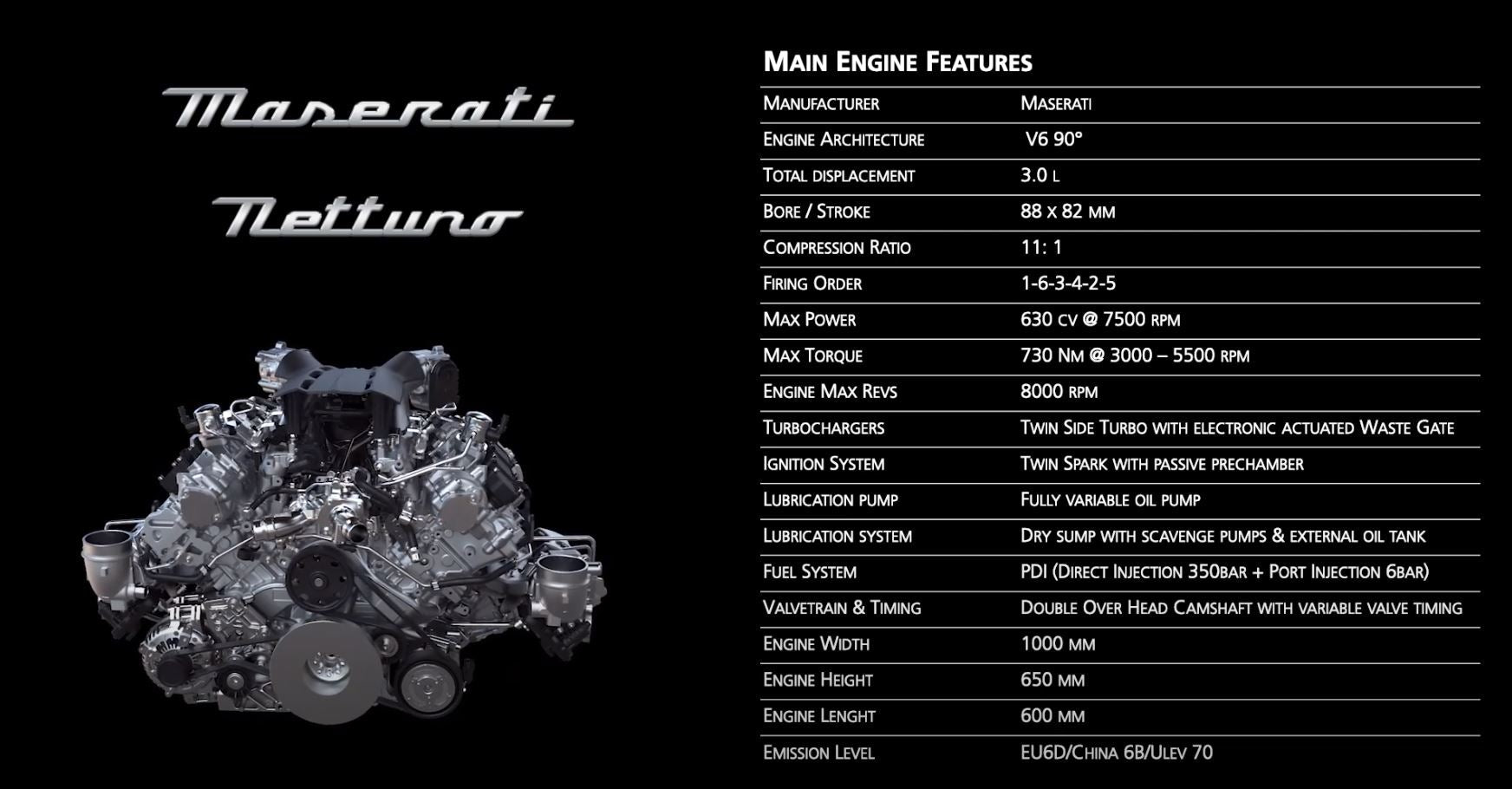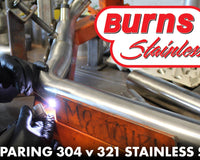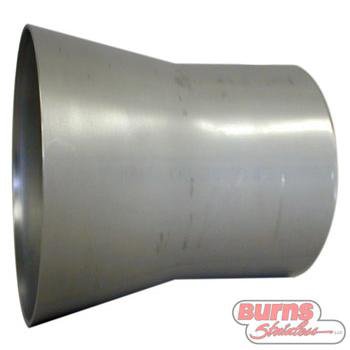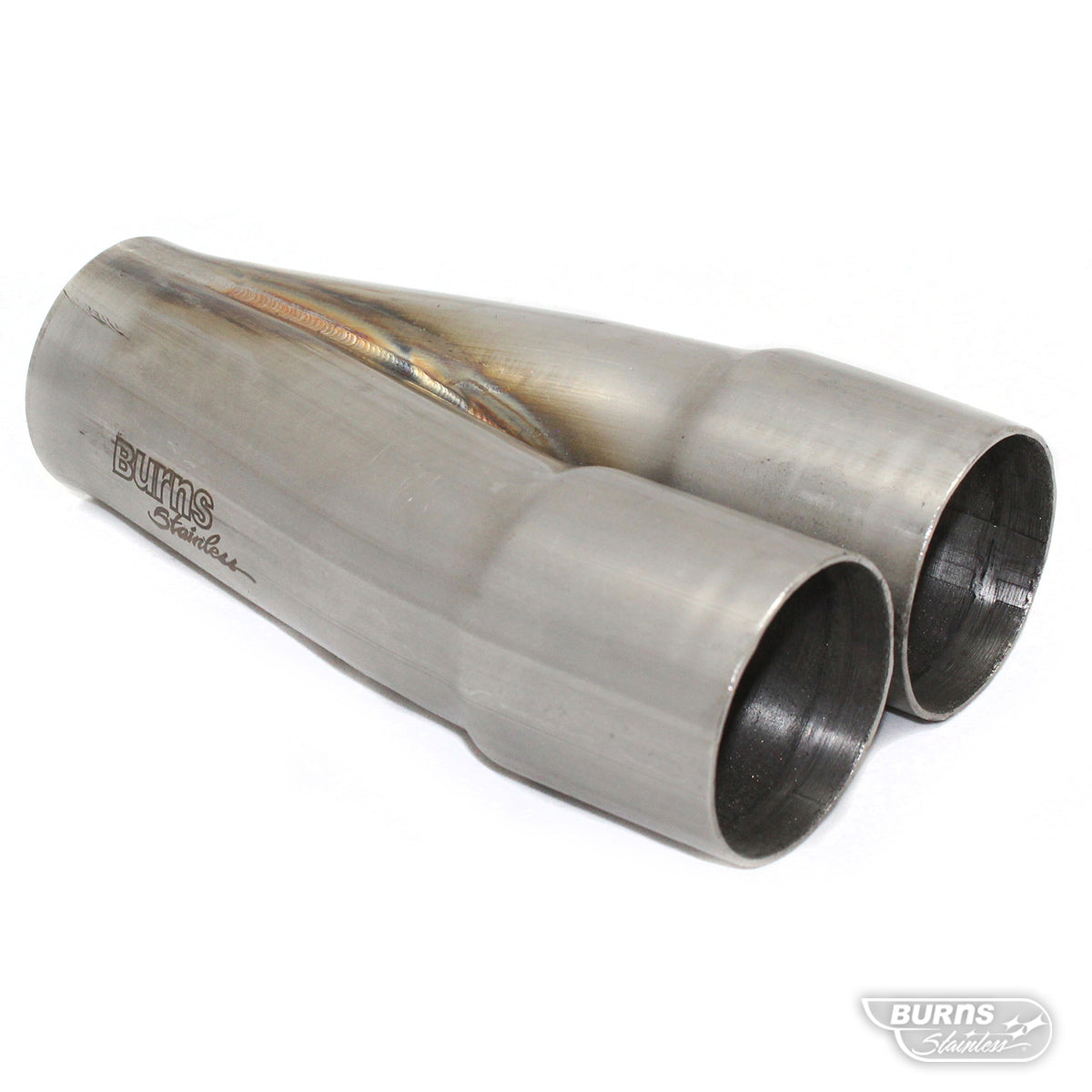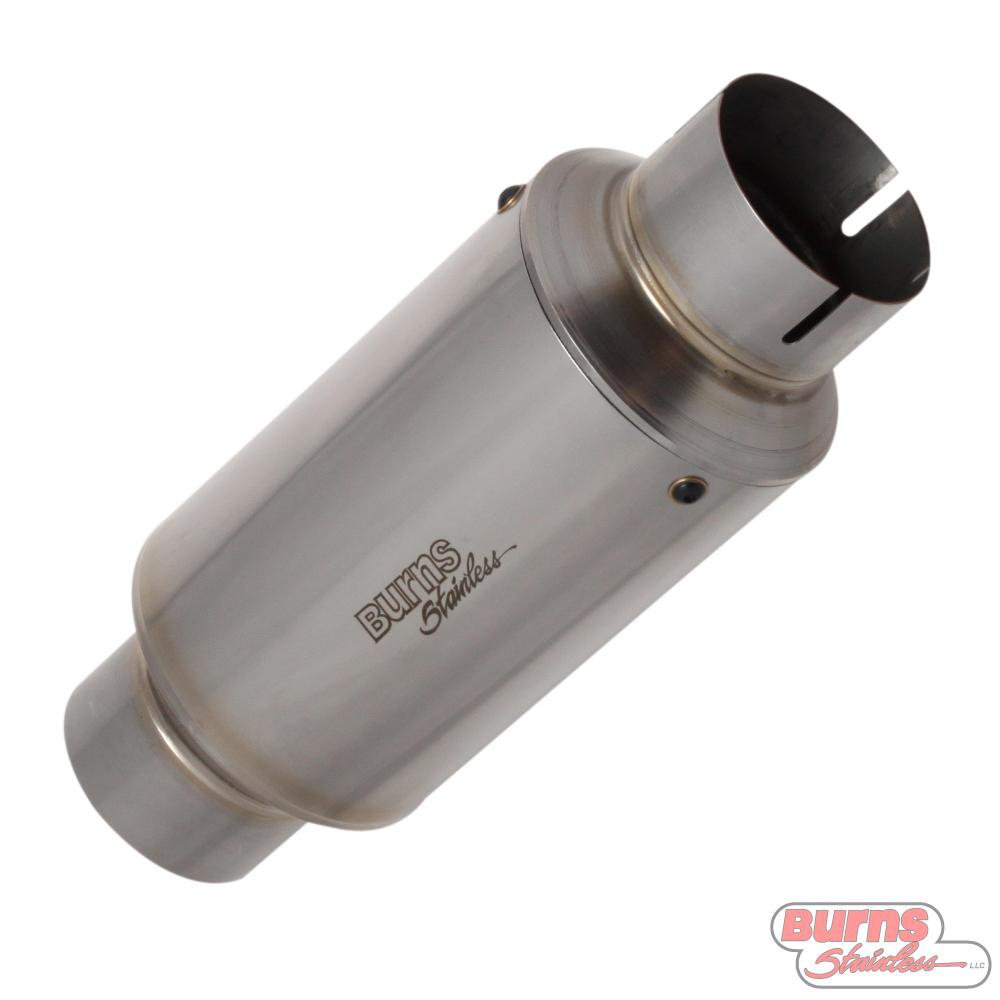Most recently, an email came across my screen about the new Maserati Nettuno engine inspired by the Honda CVCC engine of the early 70’s.
My introduction to Honda was when I was a young boy in the second grade. My best friend Joey’s brother, Tim, had a Honda trail 70.

A small motorcycle/scooter with big bubbly knobby tires and an automatic transmission which made it easy and fun to ride. Since my parents were dead set against motorcycles, I had to secretly enjoy the copper-colored scooter.
I loved it!
A few years later, when Tim was going off to college, his parents bought him a yellow Honda Civic hatchback. It was a hilarious looking car with tiny wheels. I can remember pulling up next to it on my Peugeot 10-speed and ridiculing the fact that it was not much longer than my bike. I also remember a tiny badge on the back “CVCC.” Never thought much about it. In fact, thought it was Civic mis-spelled.

Forward fast a few more years to my Introductory class in Combustion at UC Irvine. It was the late 70s and there was a big emphasis on controlling pollutant formation. My professor through up a photo on the overhead project (remember those?) of an engine cylinder labelled CVCC.

My professor explained that CVCC stood for “compound vortex combustion control” and was a pollution control technology that allowed these early Hondas to meet US emissions standards for carbon monoxide (CO) and hydrocarbons (HC)without a catalytic converter. So that’s what the badge meant!
The CVCC was first used on the ED engine was a 1487cc,overhead cam, 4-stroke engine with 1 inlet and 1 exhaust valve, plus a small secondary inlet valve that introduced a fuel-rich mixture to a small pre-chamber at the spark plug.
This technique allowed for stable combustion with relatively lean mixtures resulting in nearly complete combustion and low CO and HC emissions. This basic technique has been used by engine designers ever since evolving into what is now known as stratified charge engines, though usually without a pre-chamber.
Having used Ferrari based engines for their road cars, Maserati now needed to develop their own engines since Ferrari was spun-off by Fiat-Chrysler, and now a competitor. The first engine is a twin-turbo-charged 90-degree, V6 engine named the Nettuno. With an output of 621 hp and 538 lb-ft of torque, the 3.0-liter engine will debut in the MC20 super-car.

The engine has a basis in the original CVCC engine of the 70’s, of course with Italian know-how and flare. The F1-inspired pre-chamber (yes, the CVCC concept has been used in Formula one, who knew?) sits atop the combustion chamber and is more defined than the original CVCC chamber. The main spark plug ignites the pre-chamber mixture which travels into the main combustion chamber igniting the power stroke similar to the CVCC. Fuel is primarily delivered via high-pressure direct injection.
The engineers at Maserati found that the engine, though efficient, lacked the finesse needed in a luxury GT. To deal with some rough and noisy operation, they added port injection and a second spark plug at the edge of the combustion chamber. Using a sophisticated ECU algorithm, the multiple injection and ignition sites are choreographed in a complex concerto resulting in a smooth audacious power delivery.
An exciting engine which brings back fond memories. However, the integral exhaust manifold/turbo housing leaves my soul empty. Check it out, let me know what your reactions.
